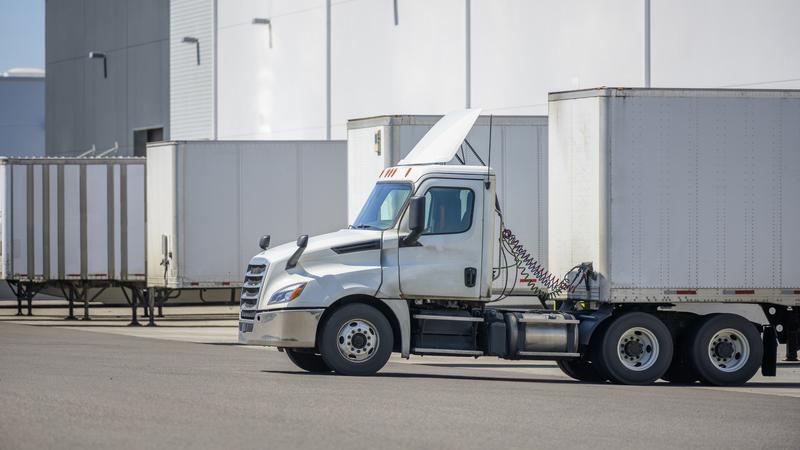
Commercial truck driving sees updates to licensing process
Following changes made to Class One drivers’ licensing and training in March last year, as of April 1, drivers will need to complete that training through the new made-in-Alberta Class One Learning Pathway.
This pathway uses flexible, apprenticeship-style training that includes up to 133 hours of instruction, including air brake training, offering more hands-on skill and safety training than the former 113 hour Mandatory Entry Level Training program. The government says this enhanced in-cab training will increase experience and competency.
If passed, Budget 2025 will invest $54.1 million over three years into the Class One Learning Pathway grant program to support training and transferability, and to attract and retain new commercial drivers in the province. Officials say this model of training is employer-driven and industry-led, and can help employers invest in their workforce and build capacity in the transportation industry to address challenges stemming from driver shortages.
“Alberta needs more truck drivers. With this historic investment, we are ensuring Albertans get the training they need to become highly skilled commercial drivers, increasing safety on our roads, and helping them build long-lasting careers,” commented Devin Dreeshen, Minister of Transportation and Economic Corridors.
